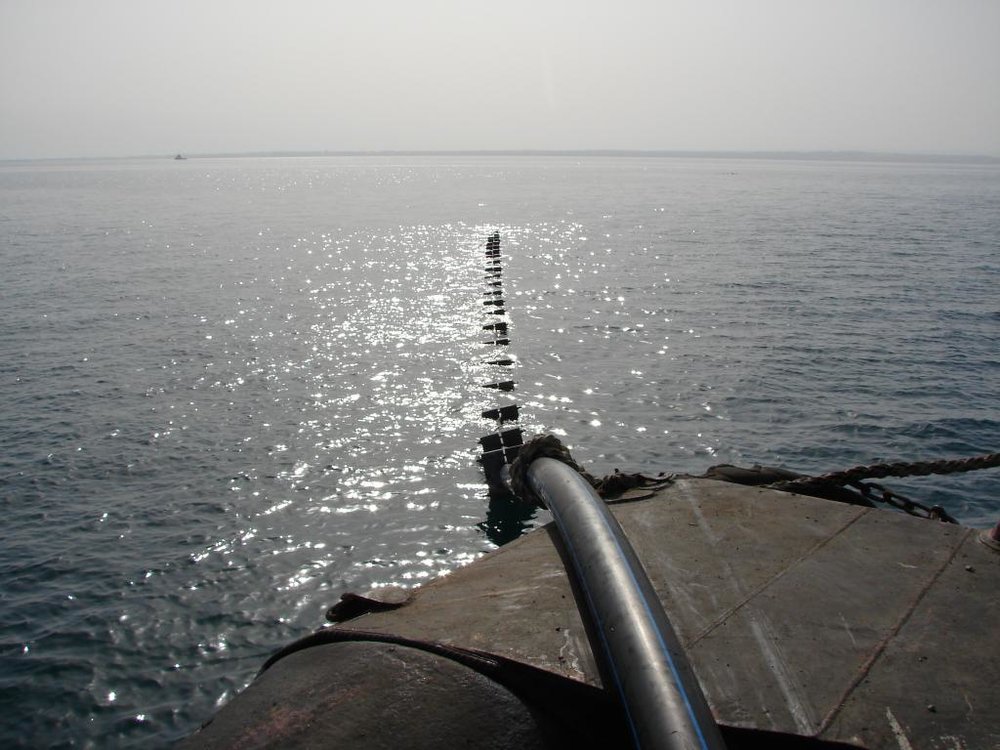"Water transfer from Sea of Oman would entail heavy costs"

TEHRAN — While Iran is weighing up the option of transferring water from the Sea of Oman to thirsty lands in eastern provinces, the project is proved to be extremely costly, an official at the Ministry of Energy has said.
“Transferring water to any provinces would be very costly,” YJC quoted Hedayat Fahmi as saying.
Earlier in May, Parvin Farshchi, the deputy head of the Department of Environment (DOE) for marine affairs, said that there is a strong possibility that DOE studies the plan to transfer water from the Sea of Oman to drought-ridden provinces of Sistan-Baluchestan, Hormozgan and Khorasan Razavi by the next [Iranian calendar] year (March 2019), ISNA reported.
Empowering all the sectors to adapt to water shortage and managing water supply and demand can be some alternatives to water transfer, Fahmi stated.
If water shortage is not addressed by the aforementioned options, desalinating seawater will be the next best option which can also result in allocating the water rights of the wetlands, the ministry official suggested.
Fahmi further explained that transferring water from the sea is not the only option when facing water scarcity.
Reducing water consumption, improving productivity and adapting to water shortage should become a priority nationwide, he suggested.
To provide the amount of water needed for the country, recycling wastewater to provide the amount of water needed for agricultural purposes, reusing industrial wastewater for industrial purposes should be high on agenda to tackle water shortage, he highlighted
The fresh water should be used for drinking, Fahmi added.
“Regarding a large amount of wastewater in the country, we can reuse the wastewater for various purposes by proper planning and management,” he concluded.
Located in an arid and semi-arid area, Iran is facing water shortage due to low precipitation and climate change coupled with shortsighted managerial decisions.
As per the figures announced by Iran’s Meteorological Organization there has been a 40 percent drop in average precipitation over the period from September 23-December 25, 2017 compared to the long term averages.
FB/MQ
